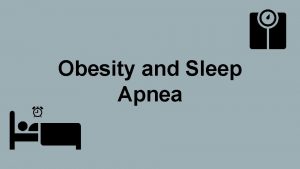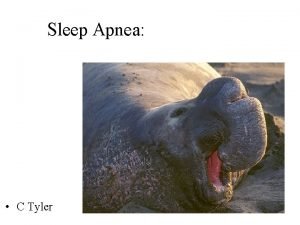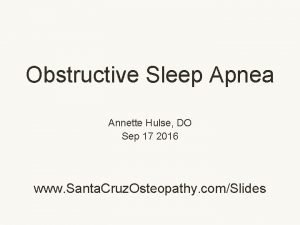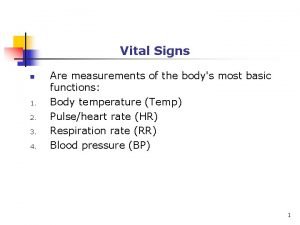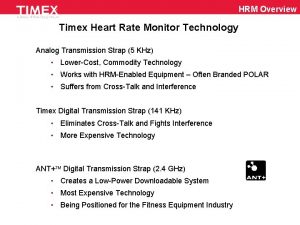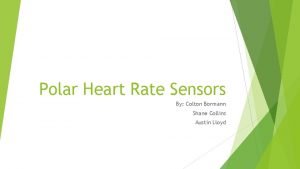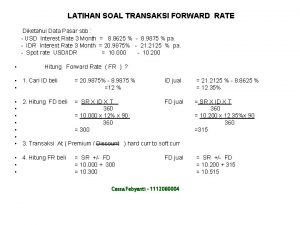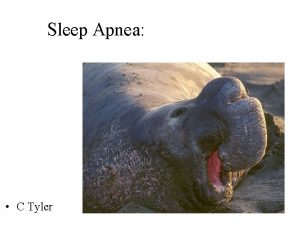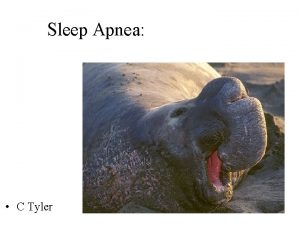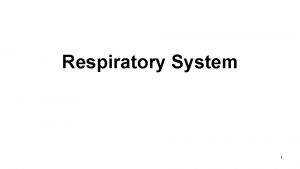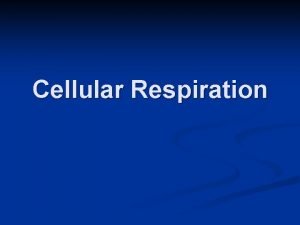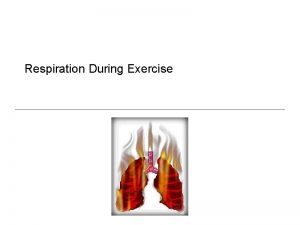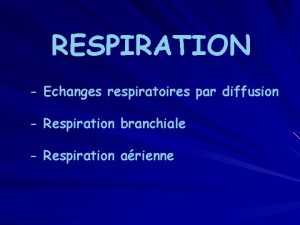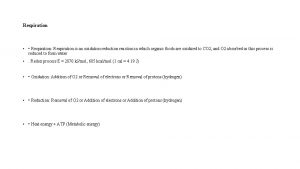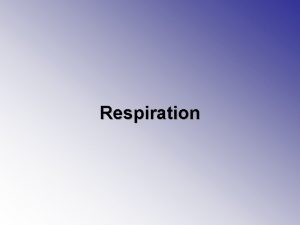Respiration Rate Apnea Monitor Apnea Monitor From the



![Apnea Drcamachoent (Own work) [CC BY-SA 4. 0 (http: //creativecommons. org/licenses/by-sa/4. 0)], via Wikimedia Apnea Drcamachoent (Own work) [CC BY-SA 4. 0 (http: //creativecommons. org/licenses/by-sa/4. 0)], via Wikimedia](https://slidetodoc.com/presentation_image_h2/43f5accb42b8253894f92bff3634657e/image-4.jpg)









![Apnea Monitor Controls By Appendinisapprentice (Own work) [CC 0], via Wikimedia Commons. Retrieved from Apnea Monitor Controls By Appendinisapprentice (Own work) [CC 0], via Wikimedia Commons. Retrieved from](https://slidetodoc.com/presentation_image_h2/43f5accb42b8253894f92bff3634657e/image-14.jpg)


![Examples Robert Lawton (Own work) [CC BY-SA 2. 5 (http: //creativecommons. org/licenses/by-sa/2. 5)], via Examples Robert Lawton (Own work) [CC BY-SA 2. 5 (http: //creativecommons. org/licenses/by-sa/2. 5)], via](https://slidetodoc.com/presentation_image_h2/43f5accb42b8253894f92bff3634657e/image-17.jpg)







- Slides: 24

Respiration Rate Apnea Monitor “Apnea Monitor. ” From the publication: Core Medical Equipment. Geneva, Switzerland, 2011

Quiz 1. What are the 3 common technologies used for Apnea monitoring? 1. Which is the best technique to detect OBSTRUCTIVE apnea? 2. What are the causes for false alarms?

Apnea • Central or diaphragmatic apnea Sleep Apnea (20%) – No respiratory effort, no nasal airflow, lack of neural input from central nervous system – Common in children – Sudden Infant Death Syndrome (SIDS)
![Apnea Drcamachoent Own work CC BYSA 4 0 http creativecommons orglicensesbysa4 0 via Wikimedia Apnea Drcamachoent (Own work) [CC BY-SA 4. 0 (http: //creativecommons. org/licenses/by-sa/4. 0)], via Wikimedia](https://slidetodoc.com/presentation_image_h2/43f5accb42b8253894f92bff3634657e/image-4.jpg)
Apnea Drcamachoent (Own work) [CC BY-SA 4. 0 (http: //creativecommons. org/licenses/by-sa/4. 0)], via Wikimedia Commons

Apnea • OBSTRUCTIVE Sleep Apnea – The most common form of Apnea – Caused by upper airway obstruction – Respiratory movements persist

Apnea Monitor • Respiration rhythm • Cardiac activity (Optional) • Oxygen saturation (Optional)

Apnea Monitoring Technologies • Transthoracic Electric Impedance • Pneumatic Abdominal • Mouth and Nose Air Pressure/Temperature

Transthoracic BIA • Heart rate and respiration • 2 electrodes limitation

Transthoracic BIA 55 k. Hz – 250 k. Hz 2 to 3 m. V Placed in the 5 th intercostal space on each side of the neonate Applied Cardiopulmonary Pathophysiology 7: 57 -62, 1998. @ 1998 Kluwer Academic Publishers. Retrieved from http: //www. mikropolis. pl/_pdf/lu ng-diuresis. pdf

Transthoracic BIA • 2 Eletrodes limitation Tissue Impedance Respiration impedance change Cardiac Impedance Change Lead Wire Impedance Electrode Impedance Lead Wire Impedance To Monitor Virginia Reid (2016), Transthoraic BIA [image]. Created from previous diagram (source unknown)

Transthoracic BIA • Limitations: • Muscle movement artifacts • Electrical noise

Pneumatic Abdominal Sensor • Measures the motion of the abdomen • Impedance of the abdomen does not change (no air) • Linear variable displacement transducer (LVDT) or strain gauge

Thermistors and Pressure Sensors • Proximal airway pressure sensing pressure at the mouth and nose • Distinguishes between central and obstructive apnea (BIA and Abdominal sensors can not) • Thermistors monitor change in airway temperature-cooler room air for inspiration and warmer lung air for expiration.
![Apnea Monitor Controls By Appendinisapprentice Own work CC 0 via Wikimedia Commons Retrieved from Apnea Monitor Controls By Appendinisapprentice (Own work) [CC 0], via Wikimedia Commons. Retrieved from](https://slidetodoc.com/presentation_image_h2/43f5accb42b8253894f92bff3634657e/image-14.jpg)
Apnea Monitor Controls By Appendinisapprentice (Own work) [CC 0], via Wikimedia Commons. Retrieved from https: //commons. wikimedia. org/wiki/File: Flux. Med_Respiratory_Mechanics_Monitor. jpg

National Heart Lung and Blood Institute (NIH) (National Heart Lung and Blood Institute (NIH)) [Public domain], via Wikimedia Commons. Retrieved from https: //commons. wikimedia. org/wiki/File: Sleep_studies. jpg

Multiparameter Apnea Monitors Nascar. Ed (Own work) [CC BY-SA 3. 0 (http: //creativecommons. org/licenses/by-sa/3. 0)], via Wikimedia Commons
![Examples Robert Lawton Own work CC BYSA 2 5 http creativecommons orglicensesbysa2 5 via Examples Robert Lawton (Own work) [CC BY-SA 2. 5 (http: //creativecommons. org/licenses/by-sa/2. 5)], via](https://slidetodoc.com/presentation_image_h2/43f5accb42b8253894f92bff3634657e/image-17.jpg)
Examples Robert Lawton (Own work) [CC BY-SA 2. 5 (http: //creativecommons. org/licenses/by-sa/2. 5)], via Wikimedia Commons

Patient’s Safety • Electrodes extensive use may irritate baby's skin

Preventive Maintenance • Check batteries • Check lead wires • Confirm accuracy of each parameter monitored • Check switches and display • Check connectors

Common Problems • Old Batteries • Electrodes and cables contact • The gel build up on the paddles and have to be cleaned with alcohol

Apnea Monitor False Alarms • False negative alarms – Equipment vibration – ECG – Patient movement • False positive alarms – loose electrodes or sensor – Weak breath

Common Problems • User error – Change a limit without consulting with the physician – Poorly attached leads and sensors

Test Procedures • Test alarms on yourself • Check your heart rate (max error 5 beats per minute) • Check and compare respiration rate. Max 2 breaths/min error

Questions ?
 External respiration vs internal respiration
External respiration vs internal respiration What blood vessels cover the alveoli
What blood vessels cover the alveoli Sleep apnea symptoms
Sleep apnea symptoms Scivolo prono in apnea
Scivolo prono in apnea Laser-assisted uvulopalatoplasty
Laser-assisted uvulopalatoplasty Sleep apnea kaiser
Sleep apnea kaiser Santa cruz obstructive sleep apnea
Santa cruz obstructive sleep apnea Apnea educacion fisica
Apnea educacion fisica Respiration rate chart
Respiration rate chart Vital signs introduction
Vital signs introduction Vital signs according to age
Vital signs according to age Pediatric vital signs
Pediatric vital signs Dr. c bravado
Dr. c bravado Timex digital transmission heart rate monitor
Timex digital transmission heart rate monitor Polargofit
Polargofit Addison currency exchange
Addison currency exchange What is real interest rate and nominal interest rate
What is real interest rate and nominal interest rate Bootstrapping spot rates
Bootstrapping spot rates Growth is defined as an increase in
Growth is defined as an increase in Spot rate and forward rate
Spot rate and forward rate Contoh soal spot rate dan forward rate
Contoh soal spot rate dan forward rate Unit rate proportions
Unit rate proportions Cap rate interest rate relationship
Cap rate interest rate relationship 101012 bằng
101012 bằng Tỉ lệ cơ thể trẻ em
Tỉ lệ cơ thể trẻ em


